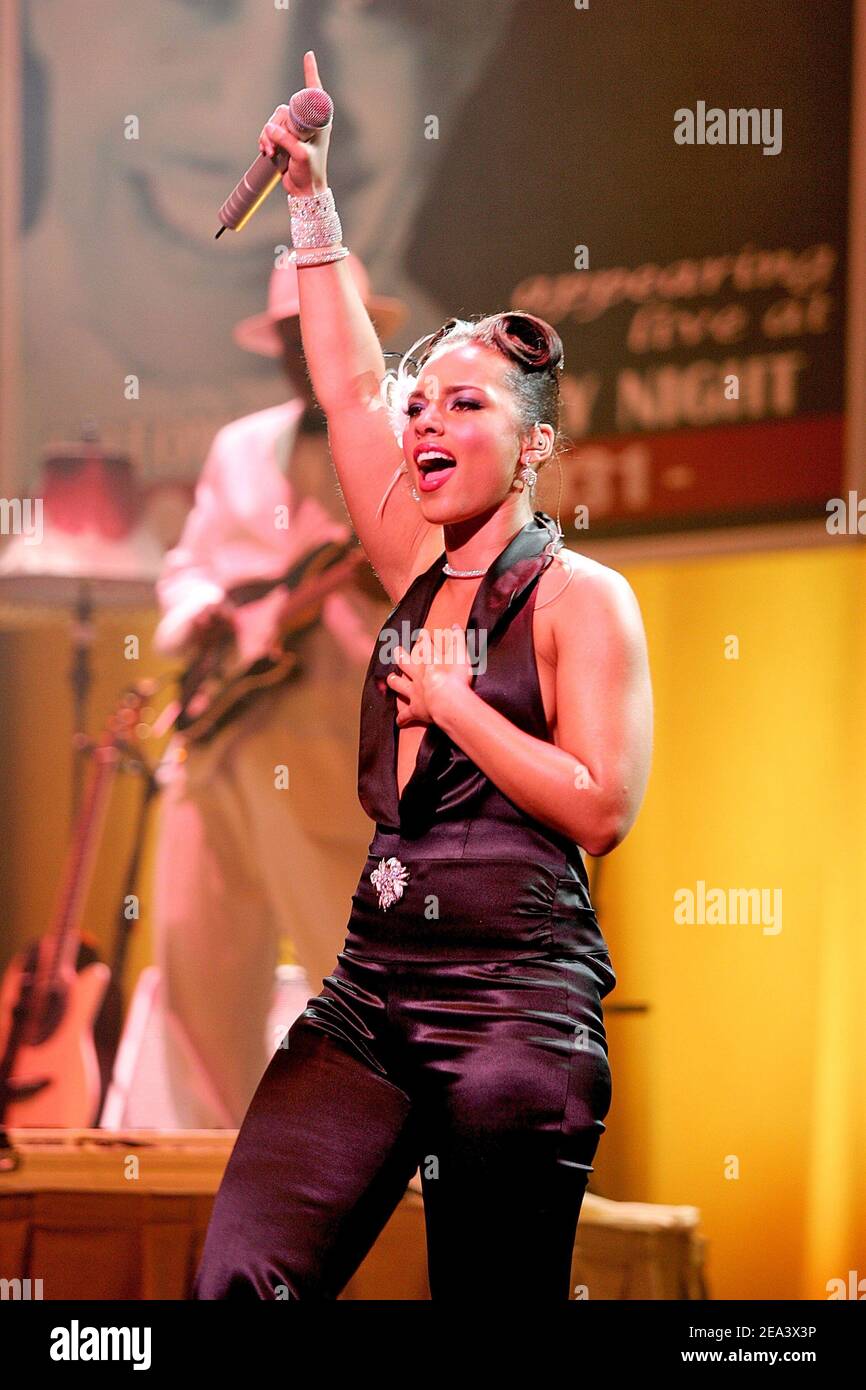

Kerry “Krucial” Brothers (Executive Producer): I think it was mid or late-’97, she got a deal with Columbia Records. We probably worked on close to 90 songs for that record and we narrowed it down to 12 to 15 tracks. We tapped into using drum machines, live drummers, keyboards, and we really dove in. She can be very modern but really capture the old fashion ways of recording in a modern setting. We really were able to tap into this trend of being retro-futuristic, which I think is the reason why people love her. We had some great musicians like Steve Jordan, Wah Wah Watson, and D’Wayne Wiggins. We worked seven days a week on that record in two rooms. She locked herself off and never came out of the studio.

She got all of these accolades and people waiting for her to make her second record and establish herself, put a staple in the music industry. She felt pressure in outdoing her first record. I figured it was important for her to focus. We really camped out there for almost a good year, making the record in two rooms, just trying to stay away from the hustle and bustle and away from the “it” kind of studios that you have to bump into a lot of people.

There were two engineers, myself and another guy by the name of Tony Black, and we went to a studio downtown in Tribeca named Kampo Studio. Bounding The Pages Of The Diary of Alicia Keysįrom legendary hip-hop producers to engineers with a one-of-a-kind knack for scouting the best instruments, crafting The Diary of Alicia Keys proved to be more of a passion project than a daunting, laborious task.Īnn Mincieli (Engineer): We started working on the album at the end of 2002.
#Alicia keys diary tour how to#
To put that experience into perspective, producers, songwriters, and executives discuss how they helped Alicia Keys defeat the sophomore slump, manipulating sounds and instruments to create the unthinkable, and outlining The Diary of Alicia Keys’ 15-step crash course on how to blend hip-hop, classical, R&B, and soul. The liberation she found on her debut was not hard to grip for her sophomore follo-up, proving once again that creators need the space to create for the sake of art, not for the sake of big-wig demands. She was in a peculiar position that most artists, especially one with a lot riding on her abilities for a follow-up hit album, don’t get to attain until they’ve proven their worth on multiple occasions. With her trusty keyboard in tow, she allowed her black-and-white chords to launch a number of poignant songs on the project from “If I Ain’t Got You” to “Feeling U, Feeling Me.” Referring to her musicianship, instrumentalist Van Hunt said, “all you need is three chords and the truth.” Since that teaching moment, Keys became even more intimate with her piano on Diary. In a 2003 Rolling Stone interview, Keys publicized the best piece of advice she received at that point in her career. Keys’ implementation of the grittiest boom-bap beat while catching listeners off guard with her classically-trained ear and affection for ‘70s soul music proved to be the tactic for triumph. From its intro, “Harlem’s Nocturne,” it was clear what type of sound and content laid ahead. 1 hits softened the distinction between hip-hop and R&B (“All I Have” by Jennifer Lopez and LL Cool J, “Crazy In Love” by Beyonce and JAY-Z), Alicia sought to sprinkle a little something extra on her 2003 sophomore album, The Diary of Alicia Keys (J Records). Now, it was time to recreate that magic for her next studio effort. Accolades galore, the best-selling album placed Keys on the right musical track. The soundscape, which boasted crowd-pleasing tunes like “Girlfriend,” “A Woman’s Worth,” and “Fallin’,” proved to be Columbia’s loss and Keys’ gain.


 0 kommentar(er)
0 kommentar(er)
